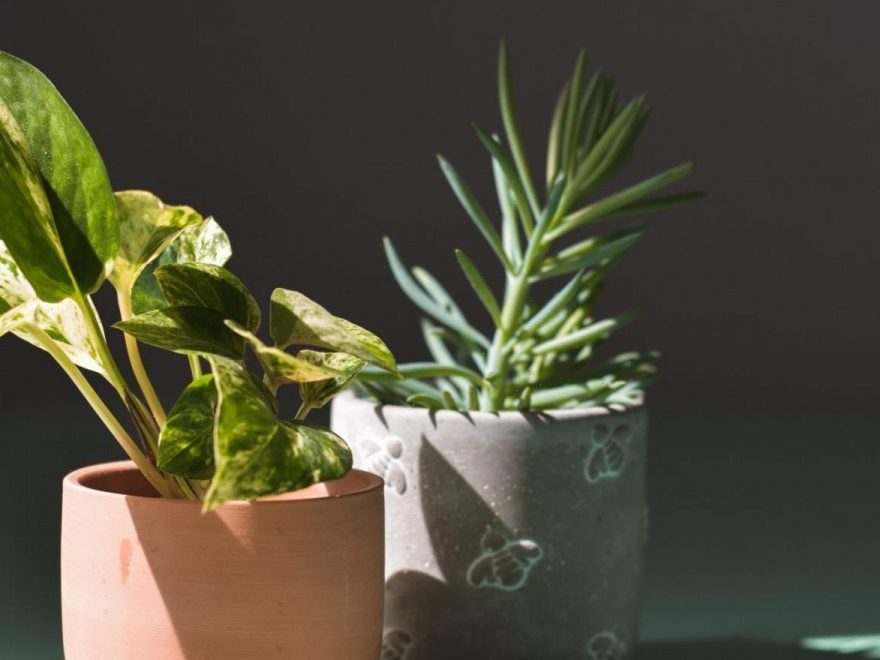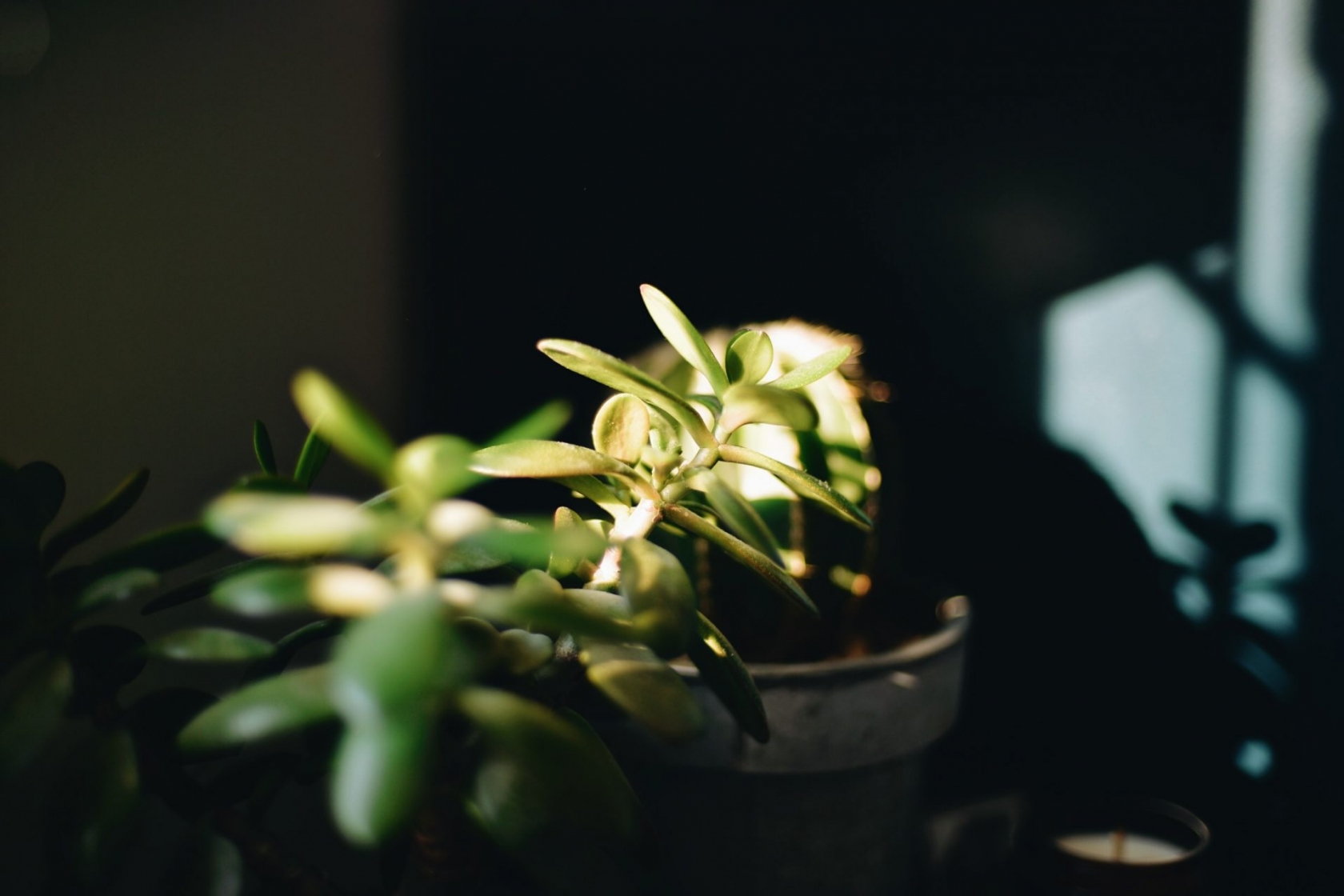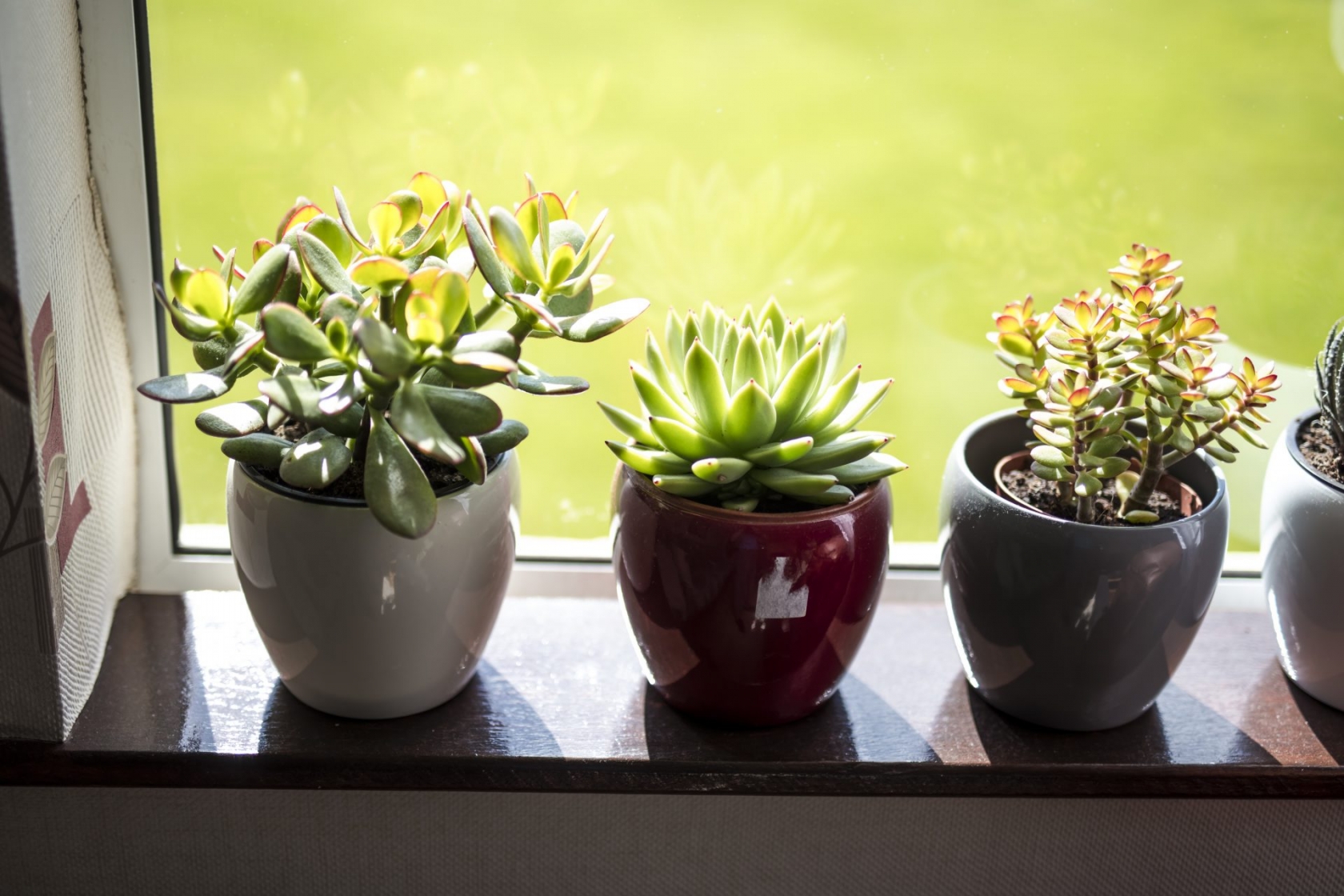Tall, weak and ‘leggy’ growth is an incredibly common problem among houseplant owners – here’s how to deal with it.
Your plants may not be able to tell you when they’re in need of a little TLC, but they’re certainly able to show you. From yellow leaves to drooping foliage, your plants will often give you plenty of warning when they’re not getting everything they need to thrive. And that includes tall or ‘leggy’ growth.
It’s not the most scientific expression (the official term is actually ‘etiolation’) but it describes when a plant has grown gangly and thin, often with large gaps between the leaves or stems. In short, it’s the opposite of bushy and full – which is what you’d expect from a healthy, happy plant.
While leggy growth may not seem like a big deal at first (after all, it’s still growth, isn’t it?), it can lead to bigger problems in the future, so it’s something you’ll want to address.
Don’t worry, though – while it can be a little frustrating to deal with, leggy growth is incredibly common, and is pretty easy to fix.
So, what causes leggy growth? And what can you do to fix and prevent it in the future? We asked Jo Lambell, founder of the online plant shop Beards & Daisies, to share her expertise. Here’s what she had to say.
Why is leggy growth a problem?
As we’ve already mentioned, besides not looking that great, leggy growth can be bad for a plant’s health, so it’s important to do something about it.
“If a plant grows too quickly, its stems can become weak and it can struggle to get nutrients where needed – you may even witness your plant topple over as a result,” Lambell explains.
“The problem with leggy growth is that it’s quantity instead of quality. It’s much better for a plant to steadily grow healthy stems over time, than to sprout spindly stems at a rapid rate.”
Why do plants grow leggy?
Although a little legginess can be related to a lack of or low level of nutrients in the plant’s soil, the most common reason for leggy growth is incorrect or inadequate lighting.
“When a plant is growing quickly, it is often because it is searching for a light source, so it will stretch and strain towards any light it can find – hence the straggly and untidy look of the stems,” Lambell explains.
Are certain plants more at risk of leggy growth?
While all plants are capable of leggy growth if they’re not getting enough light, here in the UK plants which need a lot of light are most vulnerable to legginess, as it’s harder to ensure they’re getting what they need.
“Succulents in particular are vulnerable, as their natural habitat tends to be in desert climates where they’ll be soaking up the sun all day,” Lambell points out.
“Comparatively, when grown indoors, they’ll need around four to six hours of sunlight a day to replicate this.”
What’s the best way to prevent legginess?
Because inadequate or incorrect lighting is the most common cause of legginess, the best way to prevent it is to ensure each of your plants is getting the light it needs.
“Lighting plays a huge part in this issue, so [if your plant has leggy growth], move it to a brighter, lighter spot,” Lambell explains.
“Just be careful of direct sunlight as this can scorch some plant’s leaves and remember to rotate the plant regularly to ensure the light gets to all of the plant, promoting balanced growth.”
Lambell continues: “Fertilising your plant, to give it some added nutrients, also encourages healthy growth.”
How to fix a leggy plant
If you’ve moved your plant to a brighter spot and it’s still looking leggy and unhealthy, no fear – it’s an easy problem to fix.
“It may be time to prune it back,” Lambell suggests. “Using a pair of scissors, cut back the tallest shoots. This forces your plant to grow fresh, and hopefully stronger shoots.”
Giving your plant a haircut doesn’t mean you have to wave goodbye to all of its new growth, either.
“Keep these cuttings to propagate the plant and grow plant babies,” Lambell recommends. “With succulents, you can either propagate them from their stems or leafy cuttings.”
She continues: “Not only will your original plant be healthier, but you’ll also have new mini ones as well – win, win!”
Images: Getty
Source: Read Full Article


